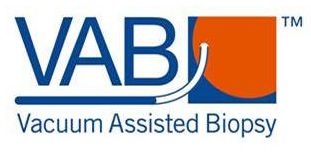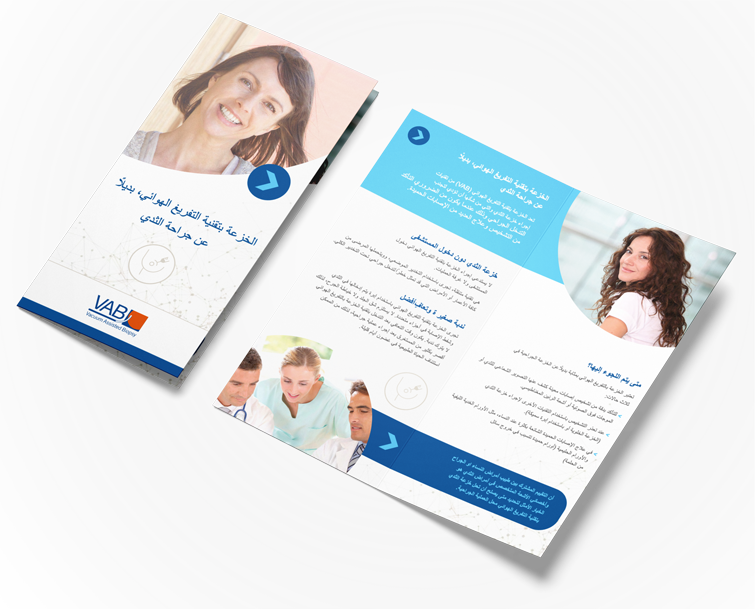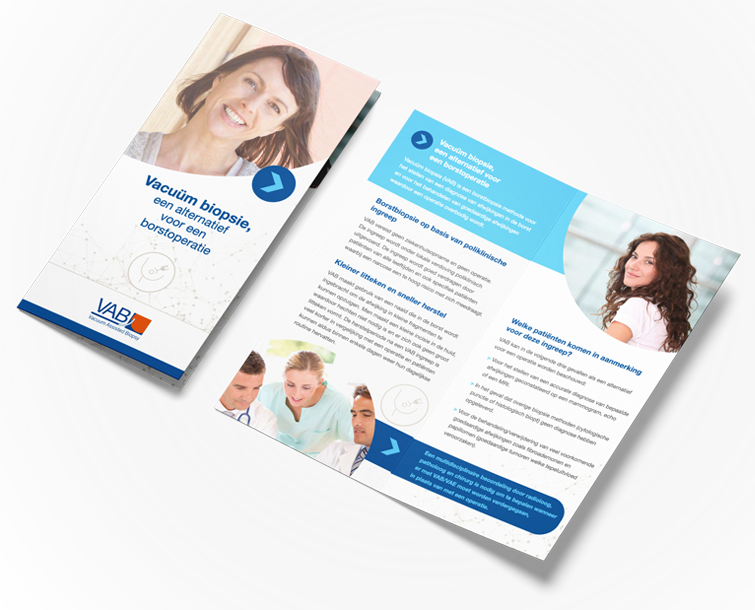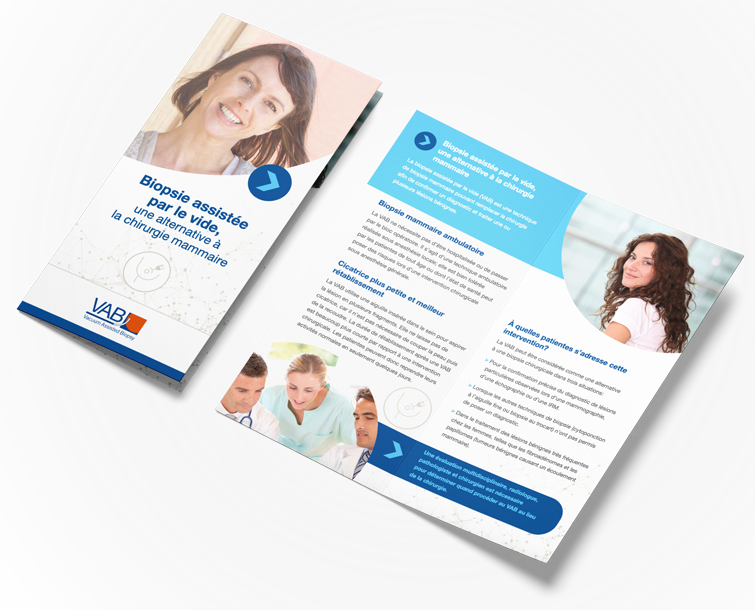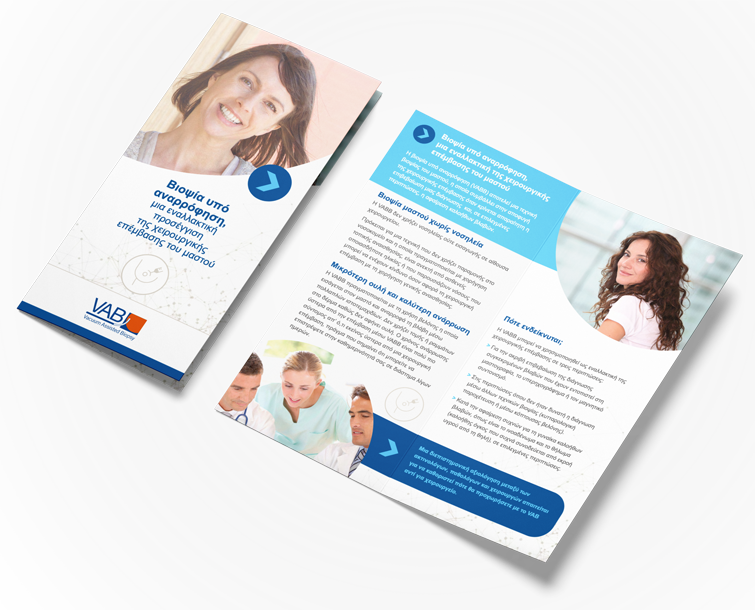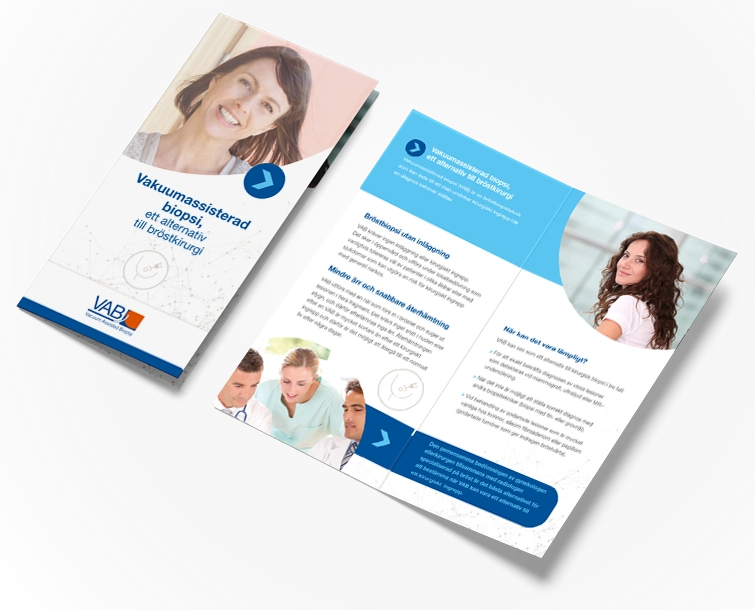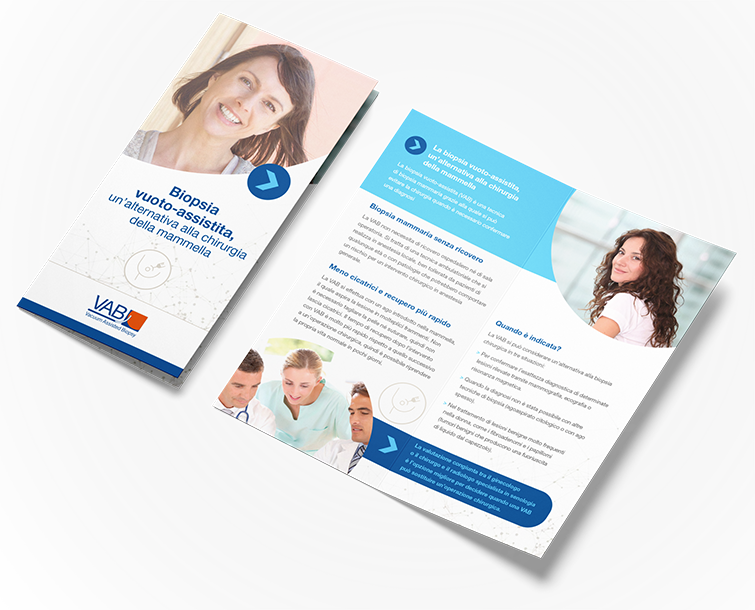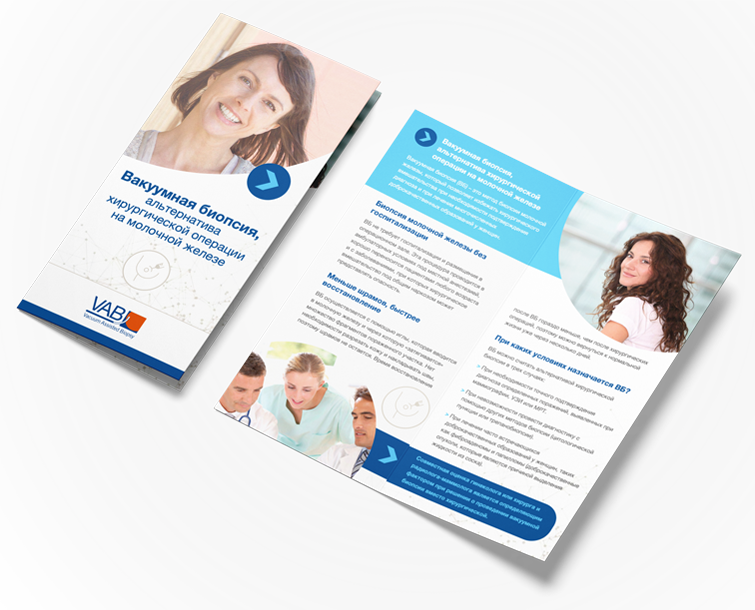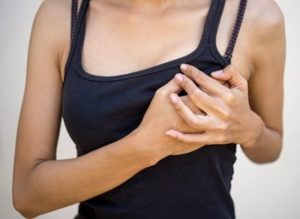 If you find a lump in your breast you may experience a whole range of emotions, including shock, concern and fear. All of these feelings are completely normal and reasonable, but it’s important to understand that breast lumps are not rare, and in the majority of cases are not serious. In fact, evidence has shown that in 80 – 90% of all cases, breast lumps are benign, which means that they are not cancerous.1
If you find a lump in your breast you may experience a whole range of emotions, including shock, concern and fear. All of these feelings are completely normal and reasonable, but it’s important to understand that breast lumps are not rare, and in the majority of cases are not serious. In fact, evidence has shown that in 80 – 90% of all cases, breast lumps are benign, which means that they are not cancerous.1
There are various reasons why you may find a lump in your breast and while some breast lumps are accompanied by breast pain, they aren’t always so it is essential that you regularly check your breasts for any lumps. It’s widely agreed that checking every four to six weeks is sufficient, but there is no harm in checking as regularly as you feel like it.2
While it’s unlikely that your breast lump is cancerous, it doesn’t mean that you can be complacent. As soon as you discover a lump or feel pain in your breast, you should seek medical advice. The advice here should be used as a guide only, and you should always seek a professional opinion as soon as possible.
What causes painful breast lumps?
If you do discover a lump in your breast, there could be several potential causes. The medical terms for benign breast lumps are breast abscesses, breast cysts and fibroadenomas.
The lump (or lumps) you feel in your breast could be caused by a whole range of different things. Depending on the cause, the lumps themselves may also feel or appear different and in some cases are accompanied by other symptoms, although not always.3
Breast abscess
A breast abscess is created when pus builds up within the breast. The abscess can develop as a result of a bacterial infection, when bacteria enters the breast tissue or if the milk ducts become blocked.
Whilst they can become a problem for women of all ages, they’re more likely to occur in pregnant women who become infected through a cracked nipple or whilst breastfeeding. Breast abscesses in breastfeeding women are closely linked to another condition called mastitis, a bacterial infection that if left untreated could become serious.
Breast abscesses are swollen, red lumps that may feel warm or hot. As well as the lump, abscesses can be accompanied by swelling around the area and cause a fever. The trapped fluid may move when touched, although not always.
If you have an abscess, the good news is that treatment is very simple. Abscesses need to be drained, a procedure that can done under local anesthetic by your GP. Smaller abscesses will be drained using a needle, while larger ones may require a small incision. Breasts abscesses are a common problem and although uncomfortable, can be treated quickly and easily and recovery time is usually very short.
Breast cyst
One of the most common causes of breast lumps, cysts are (like abscesses) fluid filled lumps that develop under the skin. They can vary in size from small lumps the size of a fingernail, to those much larger – growing to several centimetres in size. Because they’re filled with fluid, cysts are relatively soft to the touch, and may move under the skin when poked and prodded. Some people say they feel like grapes; smooth and round with defined edges.
If you have a cyst your breasts may feel tender around the area, and your breast may change in size, growing before a period and shrinking afterward. The causes of breast cysts aren’t well known, but hormones may play a part in their development. Cysts are more likely to occur on those aged 30 – 60, and are more common in women having hormone replacement therapy (HRT).1
You can develop more than one cyst, and they can affect both breasts. When diagnosing you, your GP may suspect a cyst but will often refer you to a breast clinic to minimise any risk. Here you will be examined by a specialist, and potentially given a breast fluid test (where liquid is drawn from the cyst) or scans, including an ultrasound or a mammogram.
There is no real treatment for cysts. If easily accessible or particularly uncomfortable, a specialist may choose to drain the cyst. The condition can come back in time, but research has shown that there is no known link between cysts and an increased risk of developing breast cancer.4
Fibroadenoma
Fibroadenomas are lumps that can develop outside of milk producing glands (lobules). In small areas in the breast new glands and ducts grow over the lobule in an irregular way, forming a lump that can be felt above the skin.
A simple fibroadenoma is about the size of your thumb – between 1 – 3cm. It will feel smooth to the touch, but rubbery in texture. Unlike abscesses and cysts, there may not be any side effects (although they may feel tender before a period). Again, the causes aren’t entirely understood, although the majority of medical professionals believe they occur as a result of increased sensitivity to a hormone secreted by the ovaries called oestrogen.
They can grow in size, with giant fibroadenoma classed as a lump that’s bigger than 5cm. If you are told you have a complex fibroadenoma, it means that the cells inside the lump are slightly different. A complex fibroadenoma is still benign, and has only been linked to an increased risk of cancer in relation to other medical variables.5
Fibroadenomas are the most common benign (non-cancerous) tumours in women, and are more likely to affect younger women aged under 35, although they can be developed at any age.
Diagnosis of fibroadenoma will be done by your breast clinic who will carry out a ‘triple assessment’. They will examine your breast, conduct a scan and a core biopsy or fine needle aspiration, where a sample of the lump’s tissue is removed to be tested.
It can be a stressful experience to undergo, but the tests are all necessary to ensure that a diagnosis is correct.
If you do have a fibroadenoma the good news is that you won’t need any additional treatment. Most lumps stay the same size, while some will shrink and in time may even disappear. But it is always worth getting a second opinion from a professional who can advise you on the best way to proceed.
For more information on benign breast lumps, and the treatment options available take a look around our website.
References
- Breast lumps (2014) NHS Choices. http://www.nhs.uk/conditions/Breast-lump/Pages/Introduction.aspx
- Your breast clinic appointment (2016) Breast Cancer Care. https://www.breastcancercare.org.uk/sites/default/files/publications/pdf/bcc70_your_breast_clinic_appointment_2016_web.pdf
- Breast cancer: recognition and referral. (2015) National Institute of Clinical Excellence. https://www.nice.org.uk/guidance/ng12/ifp/chapter/About-this-information
- Bundred, N.J. et al. Is there an increased risk of breast cancer in women who have had a breast cyst aspirated? (1991) British Journal of Cancer. https://www.ncbi.nlm.nih.gov/pmc/articles/PMC1977475/
- Nassar, A. et al. Complex fibroadenoma and breast cancer risk: a Mayo Clinic Benign Breast Disease Cohort Study (2015). Breast Cancer Research and Treatment. doi: 10.1007/s10549-015-3535-8. https://www.ncbi.nlm.nih.gov/pubmed/26264469
